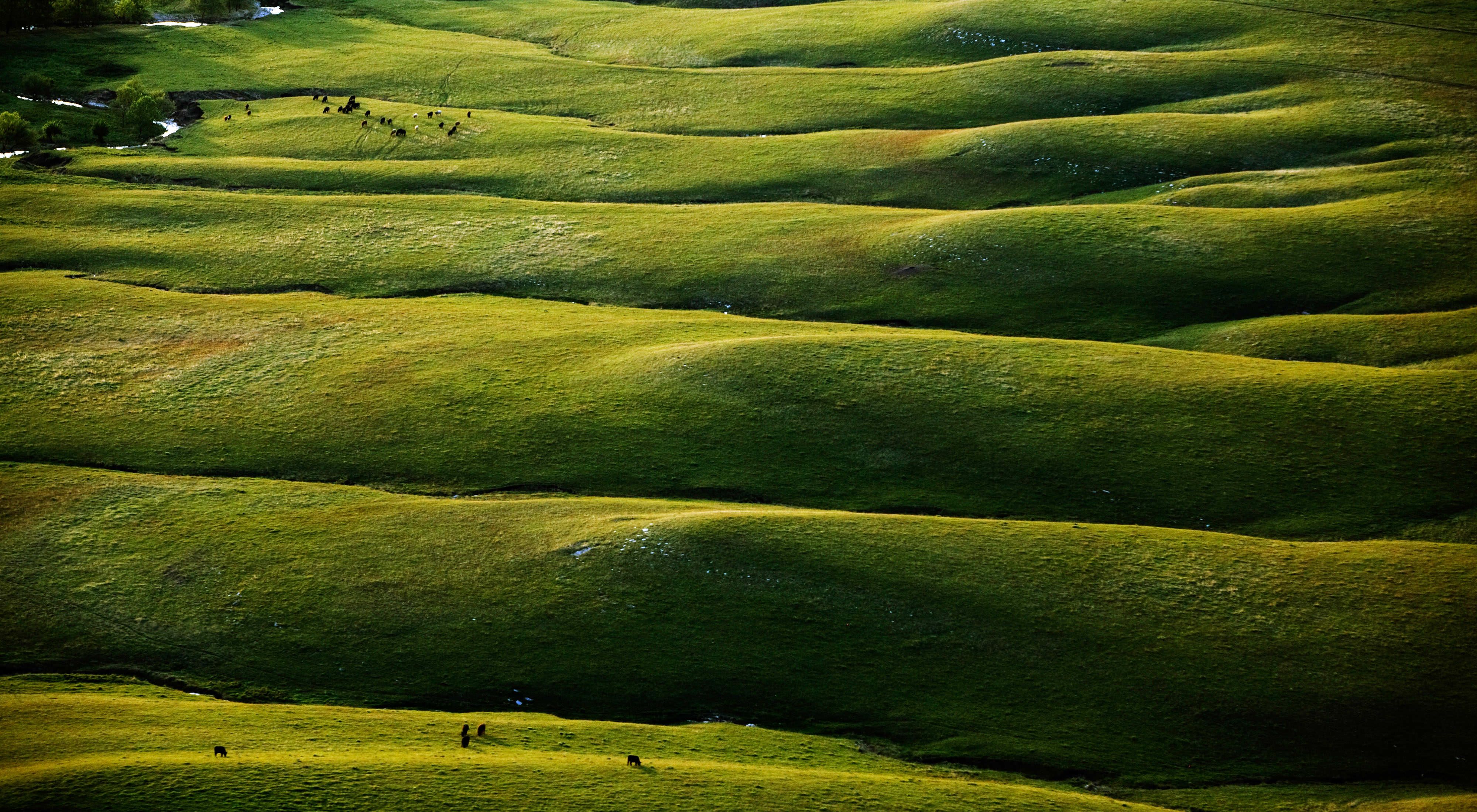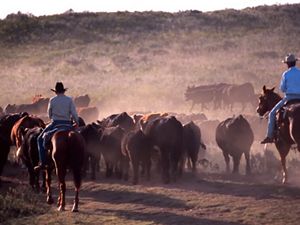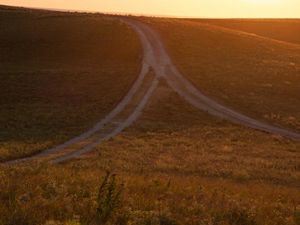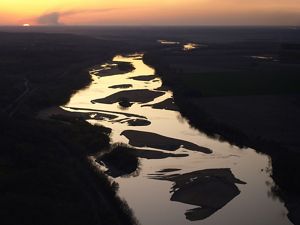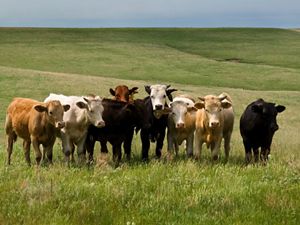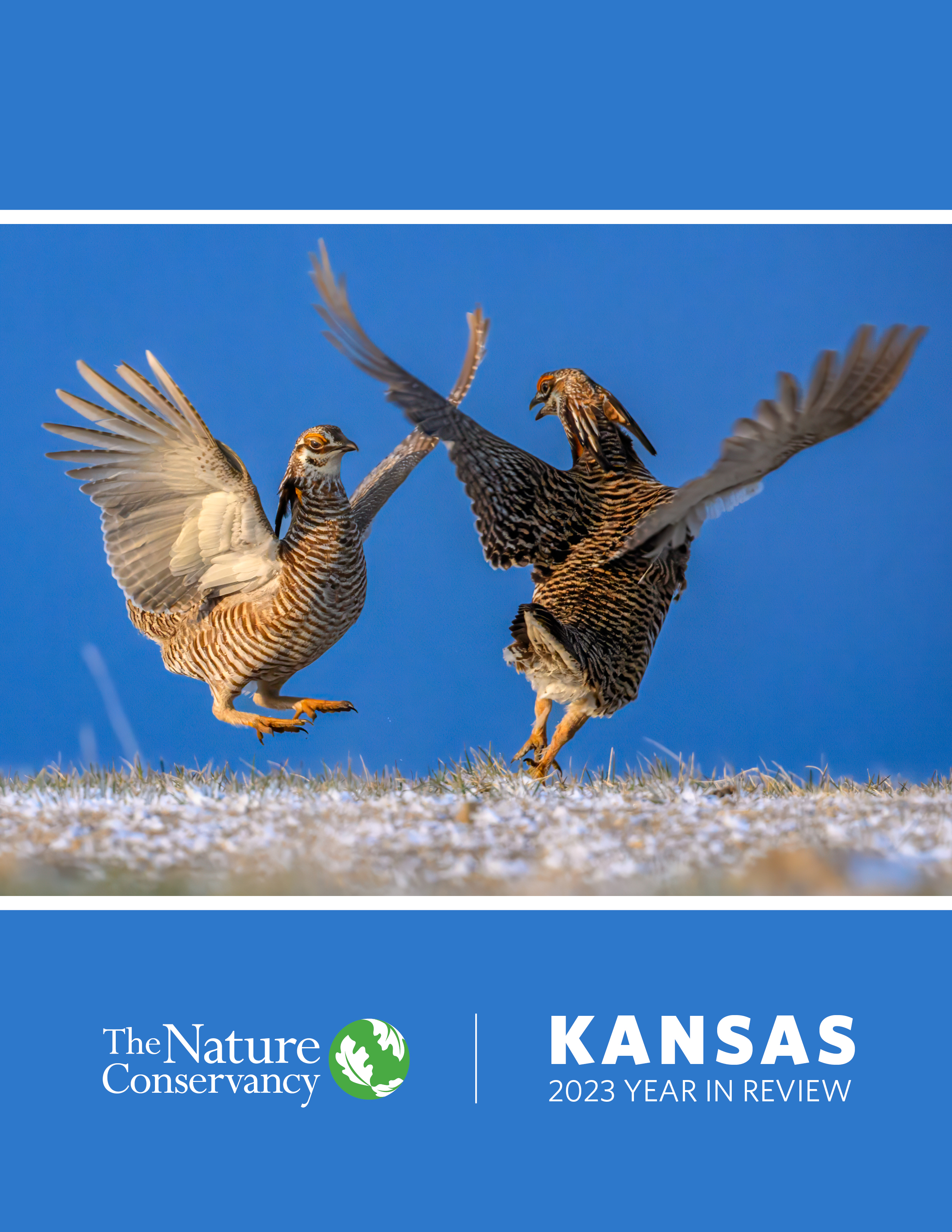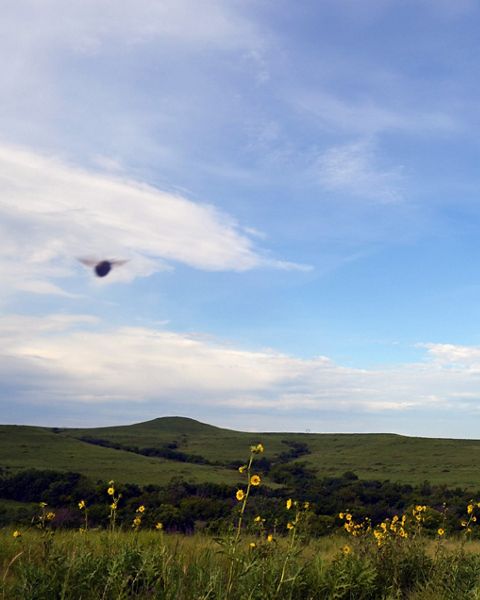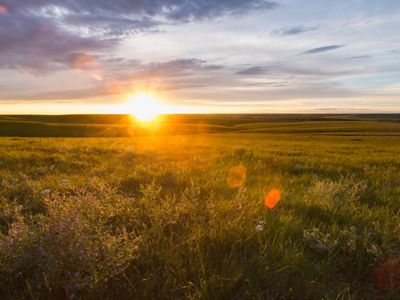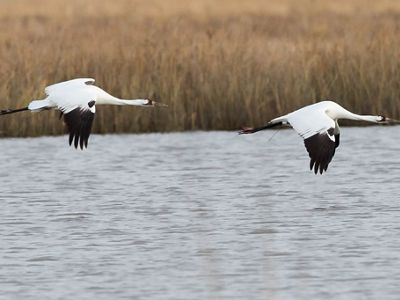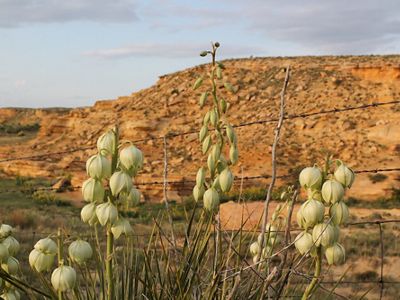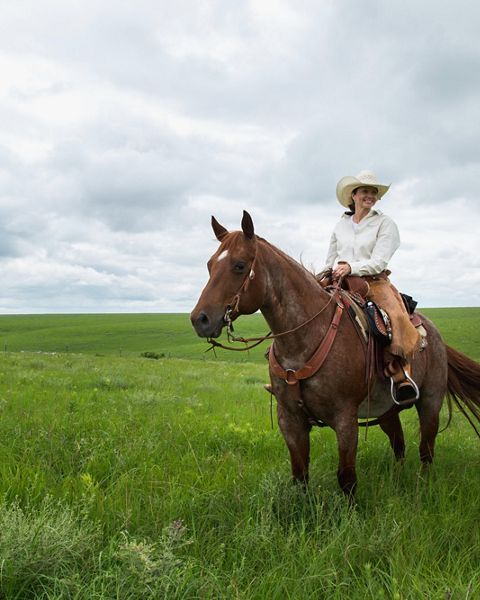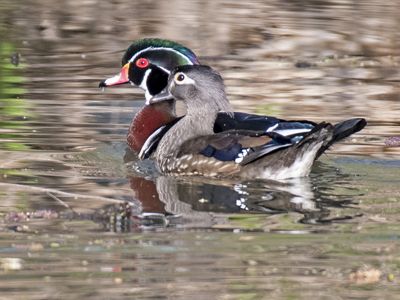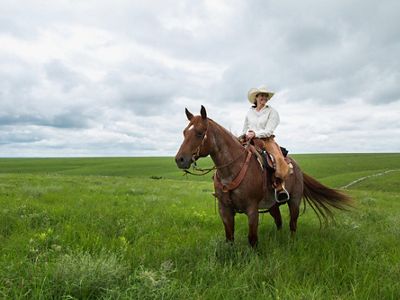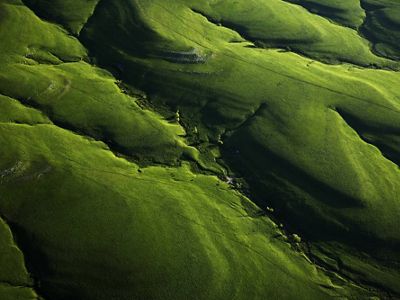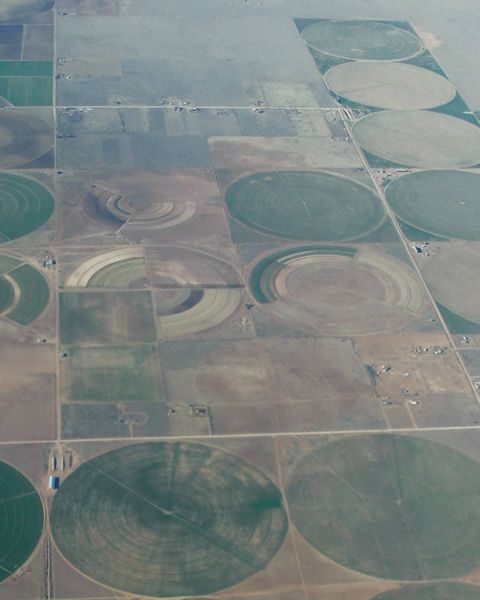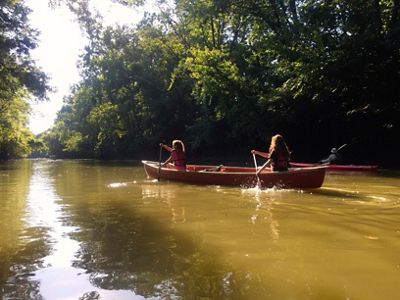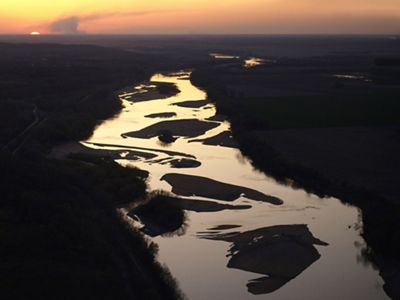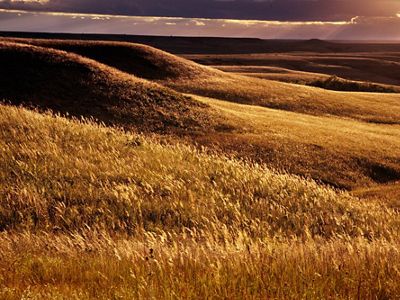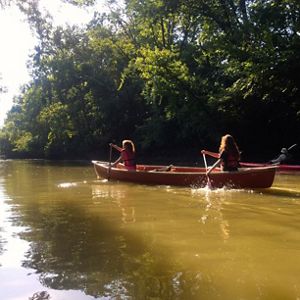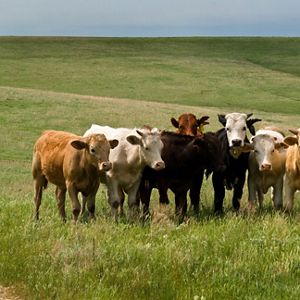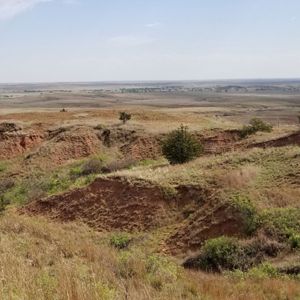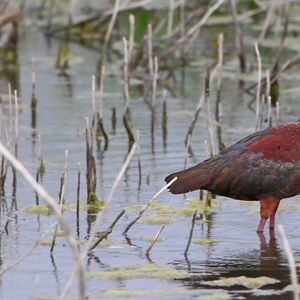Make a Difference in Kansas
The mission of The Nature Conservancy is to conserve the lands and waters on which all life depends. For more than 30 years, we’ve worked in Kansas to do just that. We've permanently protected 161,000 acres across the state, including six preserves that are open to the public.
Your Support in Action
This year, The Nature Conservancy continued to make meaningful progress protecting Kansas's prairies and streams—and helping others manage their land with conservation in mind.

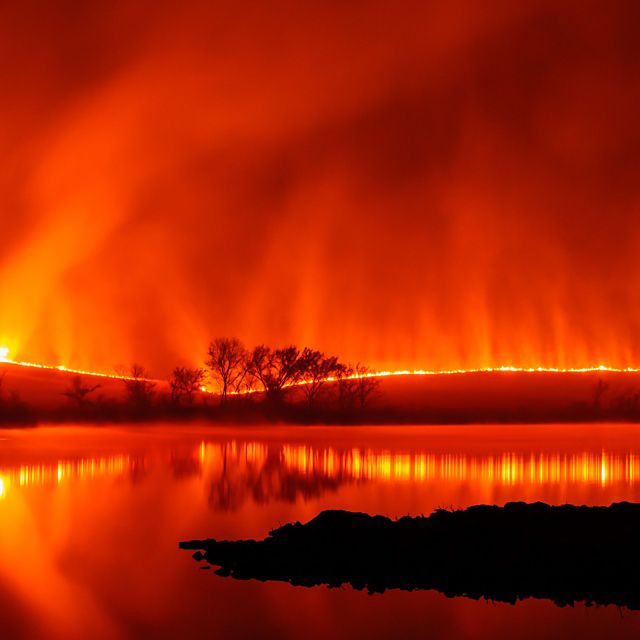
Contest
Winning Images from Kansas
This year, photos taken in Kansas and submitted to our annual global photo contest were also eligible for additional local prizes. More than 500 photographers submitted 1,389 stunning pictures that captured the beauty and wonder of nature in Kansas.
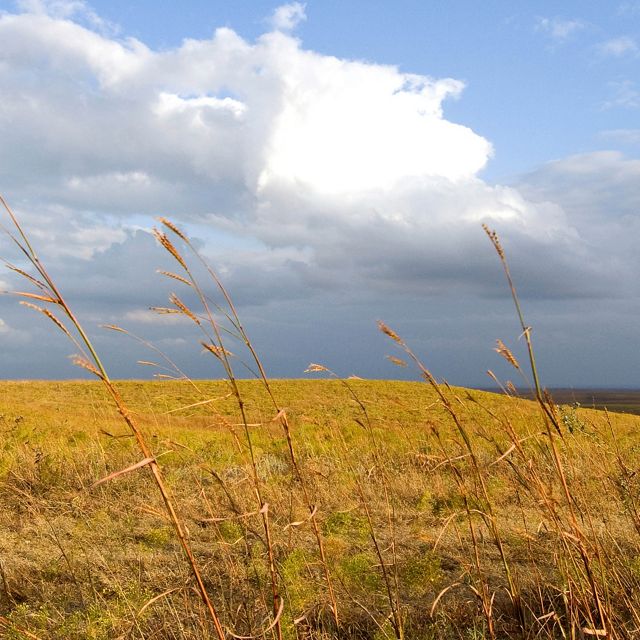
Places We Protect
Hiking Trails in Cassoday Now Open!
For the first time in 50 years, the Flint Hills Tallgrass Prairie Preserve in Cassoday, Kansas is open to the public. This TNC property is located 30 miles south of Tallgrass Prairie National Preserve and is less than an hour's drive from Wichita.
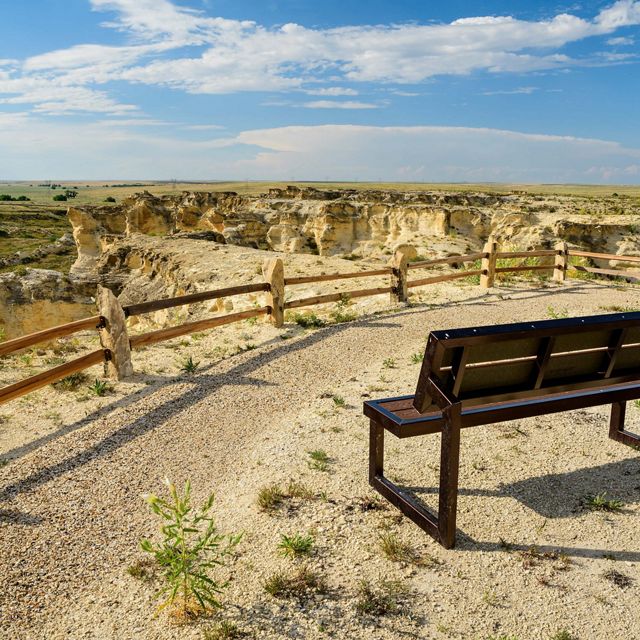
Places We Protect
Little Jerusalem Badlands State Park
332-acres of dramatic chalk rock formations and rare plants protected by The Nature Conservancy. We partnered with the Kansas Department of Wildlife, Parks and Tourism to make portions of the area open to the public in 2020.
Safeguarding Species
Nature’s Comebacks
This year marks the 50th anniversary of the Endangered Species Act. To commemorate this landmark legislation, we’re celebrating 50 underdog species that are bouncing back from low numbers thanks to conservation efforts by TNC and partners. Check out these species from across the nation, like the interior least tern in Kansas.

Download
Read the stories of TNC's work to protect Kansas's prairies and streams—and helping others manage their land with conservation in mind.
DOWNLOAD Read all Kansas NewslettersWe Can’t Save Nature Without You
Sign up to receive monthly conservation news and updates from Kansas. Get a preview of Kansas' Nature News email.

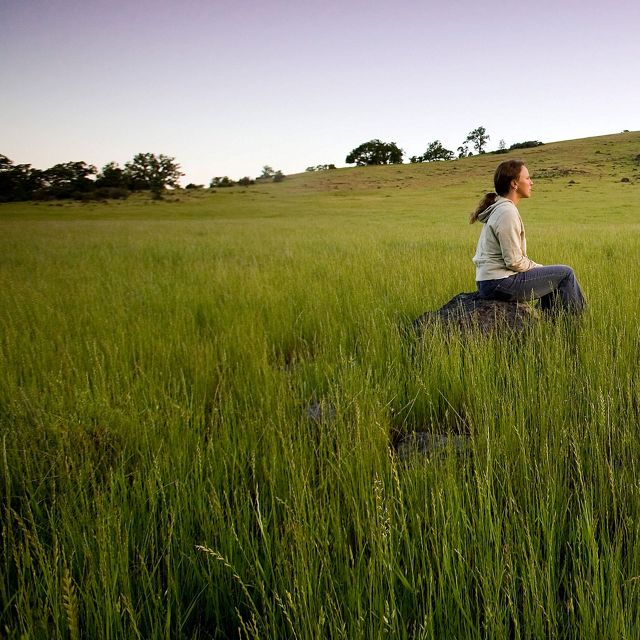
Feature
See the Places We Protect in Your Community
For more than 30 years, The Nature Conservancy has worked to conserve the lands and waters of Kansas, permanently protecting 161,000 acres including 6 preserves open to the public.
The Nature Conservancy's History in Kansas
1960-1969
Early Nature Conservancy members in Kansas encourage the organization to begin protecting natural areas in the sunflower state.

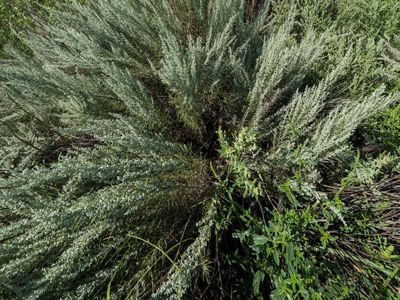
TNC's first project in Kansas was the purchase of 80 acres of sand sage prairie in Harvey county. With no staff in Kansas, TNC transferred the property to Bethel College to encourage scientific research and education.
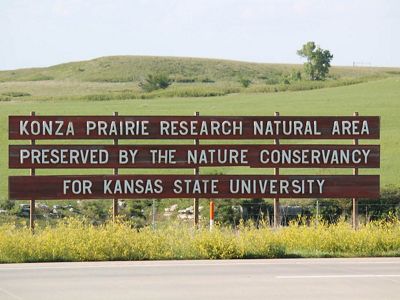
TNC established the Konza Prairie under a management agreement with Kansas State University's division of biology. K-State continues to utilize the preserve as a site for long-term ecological research.
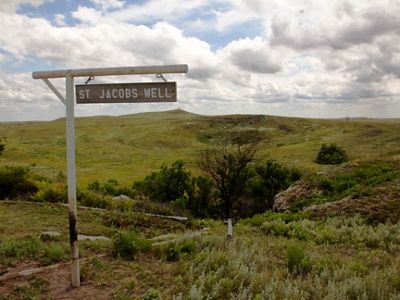
TNC acquires Big Basin Prairie Preserve and the St. Jacob's Well sinkhole in the Red Hills region of south-central Kansas. It is later sold to the Kansas Department of Wildlife & Parks with the stipulation it always be managed as a nature preserve.
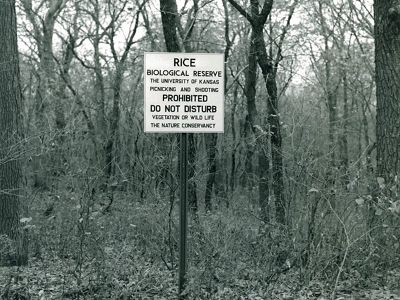
80 acres of undisturbed forest in northeast Kansas is donated to TNC. The land has 31 different species of trees, 21 species of shrubs and vines and several rare plants. TNC transfers the title to the nearby University of Kansas with the restriction that it be maintained as a protected area and used for ecological study.
1980-1989
By the end of the decade, the Kansas Chapter is established and the first Kansas director of TNC is hired.
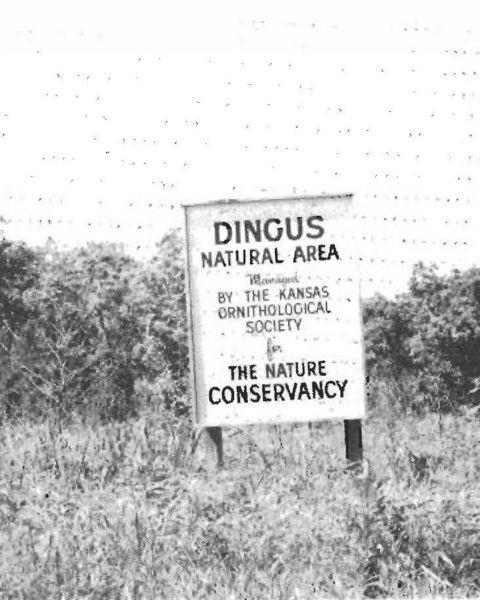
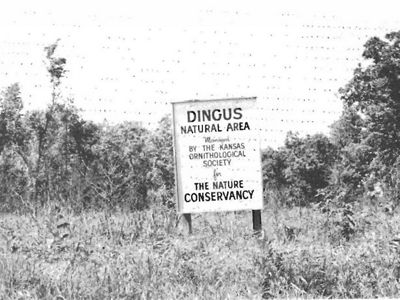
TNC turns over management of the Dingus Natural Area to the Kansas Ornithological Society. The oak-hickory forest is home to pileated woodpeckers and remains open to birdwatchers to this day.
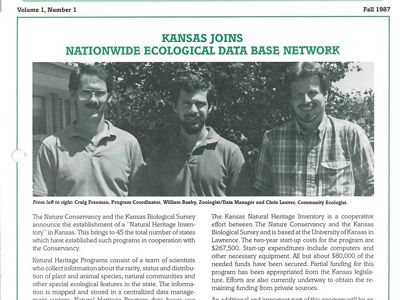
Kansas becomes the 45th state to establish an ecological database network with TNC. The Kansas Biological Survey is contracted to carry out the initial research.
1990-1999
The '90s usher in campaigns to protect multiple priority conservation areas that were identified in the '80s. This leads to TNC's purchase of the largest property ever acquired in Kansas for conservation purposes.
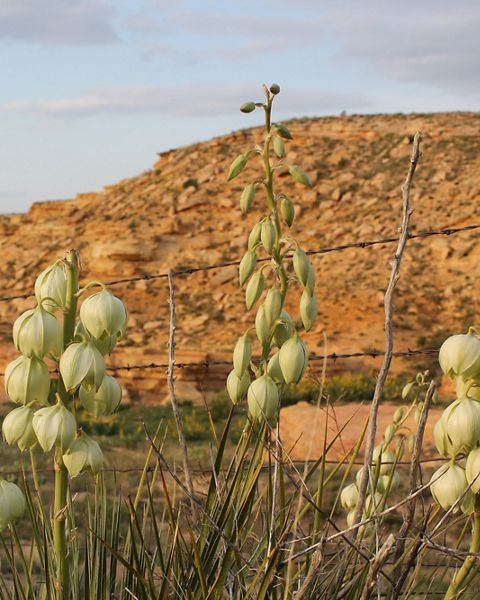
With a new director in Kansas, TNC quickly gets to work and begins purchasing lands to establish Cheyenne Bottoms Preserve. The central Kansas wetlands complex is a vital habitat used by migrating birds like the endangered whooping crane.
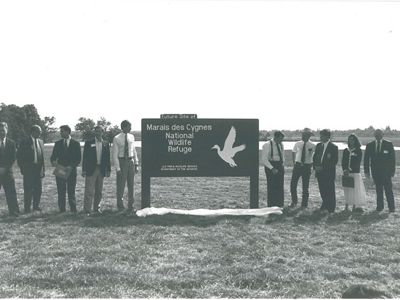
TNC brokers the deal creating the Marais des Cygnes National Wildlife Refuge in 1992. Original Kansas state director Alan Pollom stands second to left from the sign during groundbreaking.
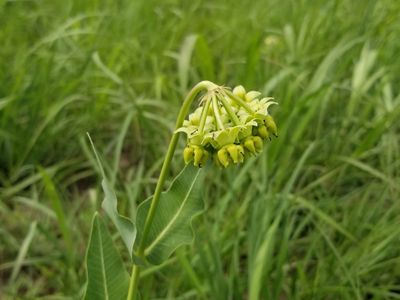
TNC buys precious remaining fragments of tallgrass prairie east of the Flint Hills. The area is known to have the largest population of the endangered Mead's milkweed plant.
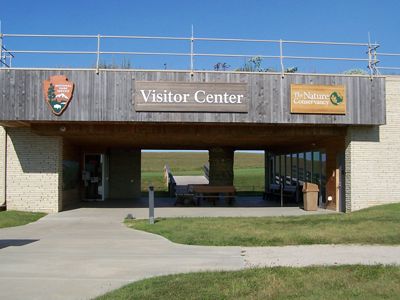
TNC agrees to purchase the Tallgrass Prairie National Preserve in order to save it from the looming fate of being divided and sold. Thanks to TNC, the 11,000-acre preserve is able to remain the National Park Service's only property dedicated to vanishing tallgrass prairie.
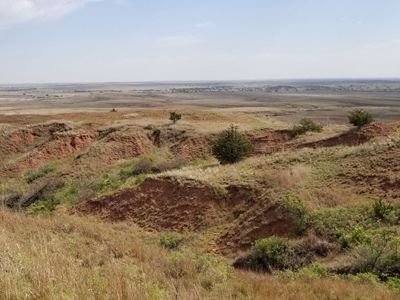
TNC launches the Red Hills Initiative to help landowners fight the “green glacier” of invasive cedar trees and improve the condition of rangelands in the vast, rugged region of south-central Kansas known as the Red Hills or Gypsum Hills.

TNC develops the science-based Site Wind Right model to steer energy development away from ecologically important habitat in Kansas and Oklahoma

30,302 acres of sand sagebrush prairie in Hamilton County offers refuge to scaled quail, lesser prairie-chickens and more when TNC acquires the largest conservation easement in the state of Kansas.
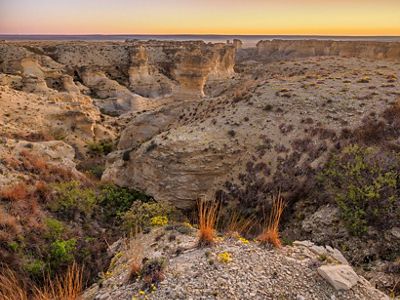
The much-anticipated Little Jerusalem Badlands State Park opens in late 2019. The largest Niobrara chalk rock formation in the state will continue to be owned by TNC while public access is managed by the Kansas Department of Wildlife, Parks and Tourism.
What's Next for Kansas?
It is not enough to just maintain the same pace of conservation. With your support we can build on our history of success in Kansas and double our impact in the next 5 years.
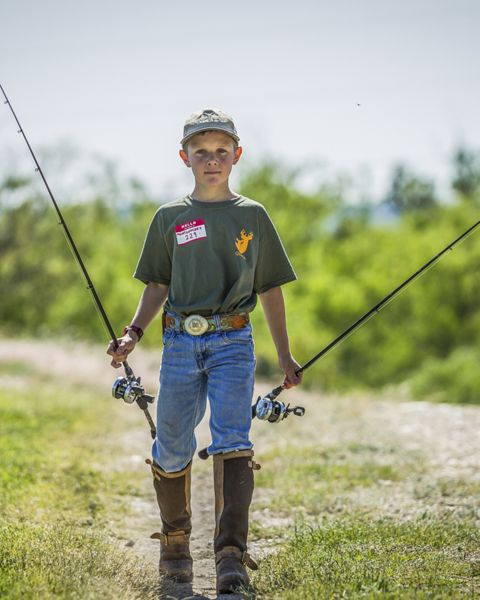
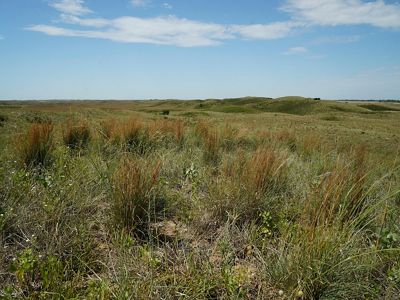
TNC purchases the 10,086-acres Sandhills Ranch, protecting one of the largest properties along the Arkansas River in eastern Kansas
